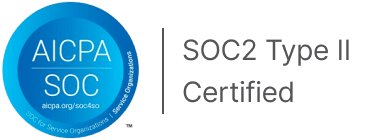Convict or Child Labor
This page provides a comprehensive list of entities involved in convict or child labor issues. These sanctions are enforced to protect vulnerable populations and ensure fair labor practices. This list identifies organizations that are restricted or penalized due to violations related to forced labor or child exploitation.
Mitigate risk with our comprehensive screening solutions for your AML and sanctions compliance.
88 Entities in Convict or Child Labor
| Entity Name | Entity Type | Effective Date | Status |
|---|---|---|---|
Kwong Ngai Industrial Company | Company | Dec 21, 1994 | active |
Lop County Hair Product Industrial Park | Company | Aug 25, 2020 | active |
Shandong Laiyang Heavy Duty Machinery Factory | Company | Feb 25, 1992 | active |
Xinjiang Production and Construction Corporation XPCC | Company | Nov 30, 2020 | active |
Norsang Carpet Industries Pvt Ltd | Company | Jul 21, 1998 | inactive |
Zhejiang Sanmei Tea Co Ltd | Company | Apr 27, 1995 | active |
FAQs
Why is compliance with the Convict or Child Labor necessary?
Compliance with sanctions related to convict or child labor is crucial for upholding human rights and fostering ethical business practices. These sanctions aim to prevent exploitation and ensure fair treatment of individuals, particularly vulnerable populations such as children and incarcerated workers. By adhering to these regulations, organizations demonstrate a commitment to social responsibility, mitigate legal risks, and protect their reputation. Moreover, compliance helps to promote sustainable development and contribute to global efforts against human trafficking and forced labor.
Which companies should comply with Convict or Child Labor?
Companies in the manufacturing, agriculture, and service industries must comply with sanctions related to convict or child labor to ensure ethical labor practices and uphold human rights. Compliance not only protects vulnerable populations from exploitation but also enhances brand reputation, fosters consumer trust, and mitigates legal risks. Ethical practices contribute to sustainable business operations and align with global standards and regulations.
APIs
Data License
Solutions
Pricing
















